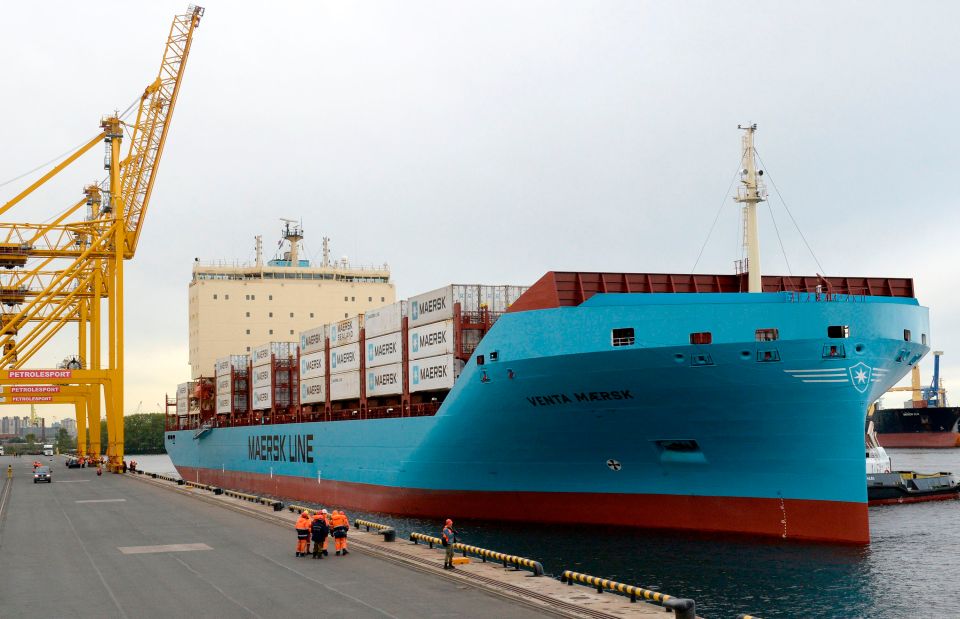- The UN Climate Action Summit reinforced that “1.5℃ is the social, economic, political and scientifically safe limit for global warming by the end of this century”, and set a target date to achieve net-zero emissions by 2050.
On September 28, 2018, the Venta Maersk freighter docked in Saint Petersburg, Russia, more than a month after departing from Vladivostok, on the other side of the country.
The successful crossing of the Russian Arctic was a historic moment for the international shipping industry, as well as a sobering reminder of just how far Earth’s ice caps had melted.
The search for a quick way to move cargo from one end of Eurasia to the other by sea had begun centuries ago and was a major driver of European exploration of North America.
Until the 2000s, the fastest way to make the journey was to go around South Asia and reach Europe via the Suez Canal. However, as climate change led to a thinning of the ice around the North Pole, opportunities arose for shipping companies to use waters that were previously unnavigable.
The Venta was not the first ship to make the journey through the Russian Arctic and required the help of an icebreaker for several days.
The Northern Sea Route, as it is commonly called, is not yet a regular shipping lane, and can only be used by “ice-class” ships like the Venta. However, Venta’s voyage and the recent investment by shipping companies in building more ships capable of repeating it, indicate that climatologists and businessmen believe it is a safe bet that the Arctic ice will continue to melt.

